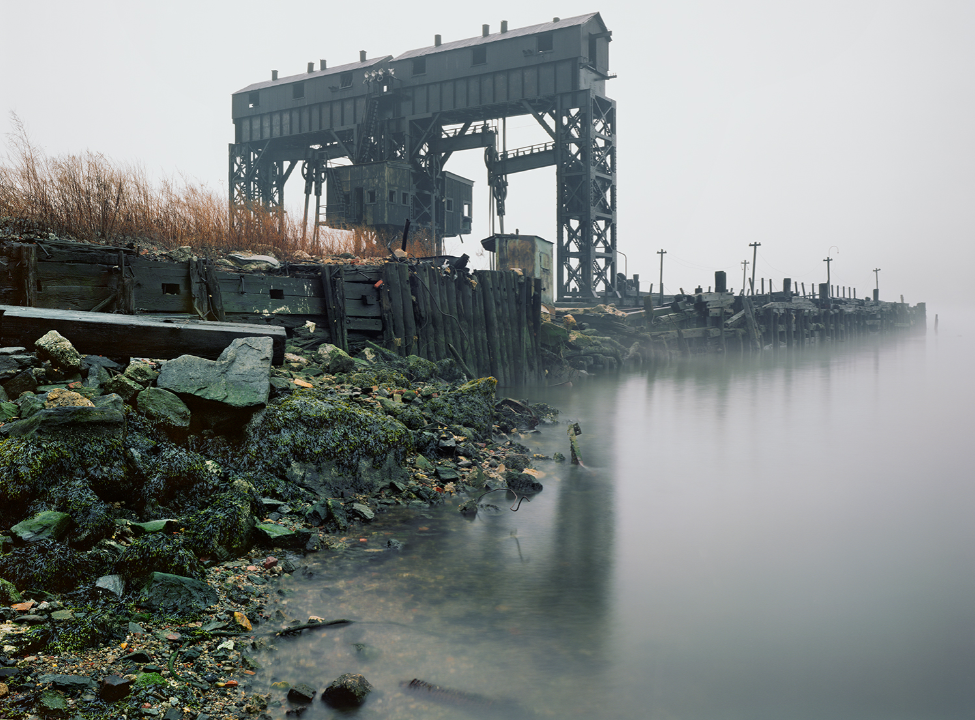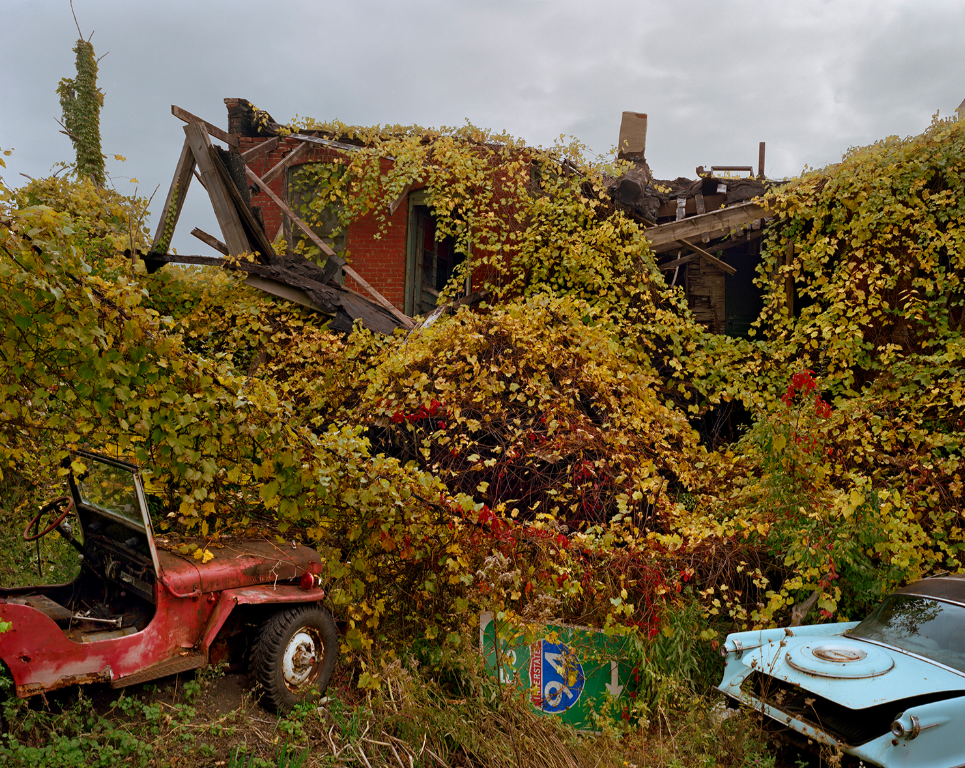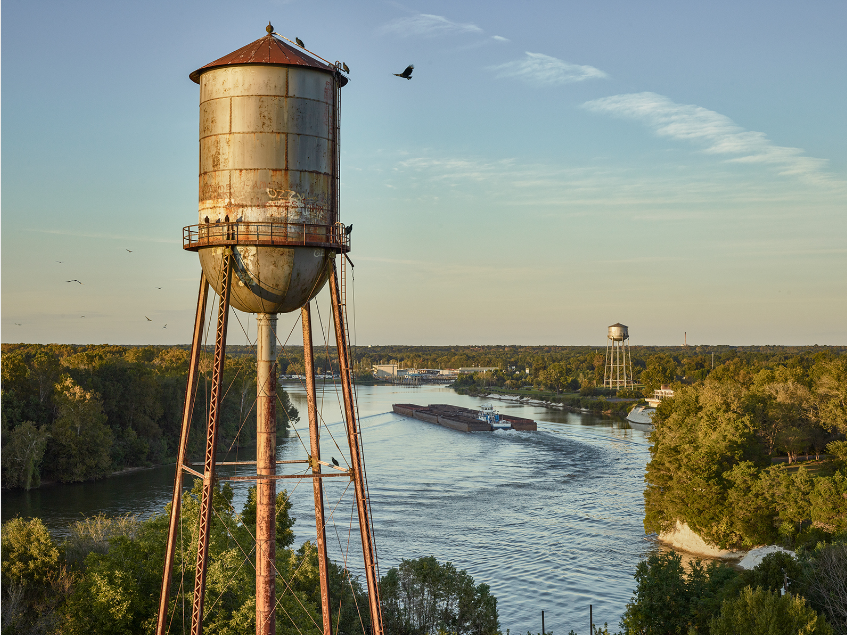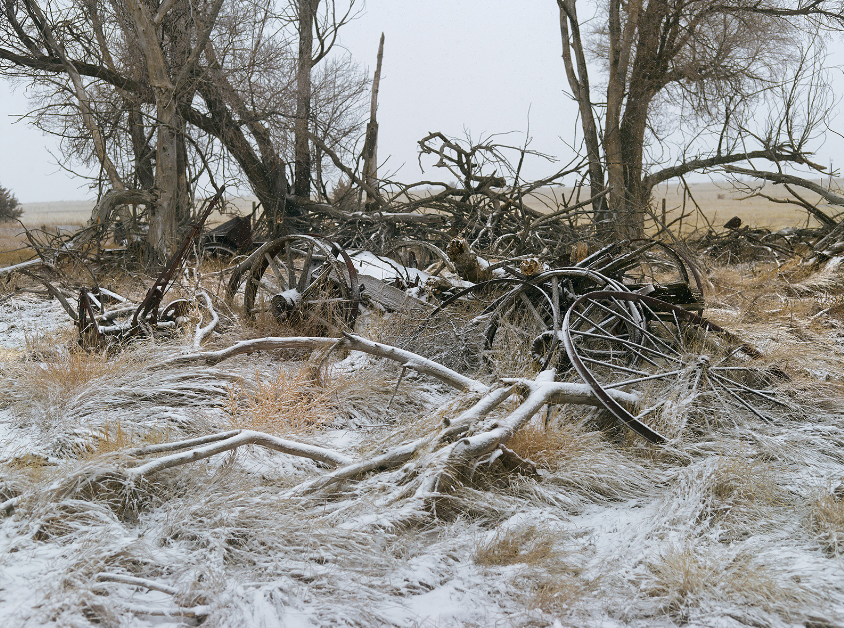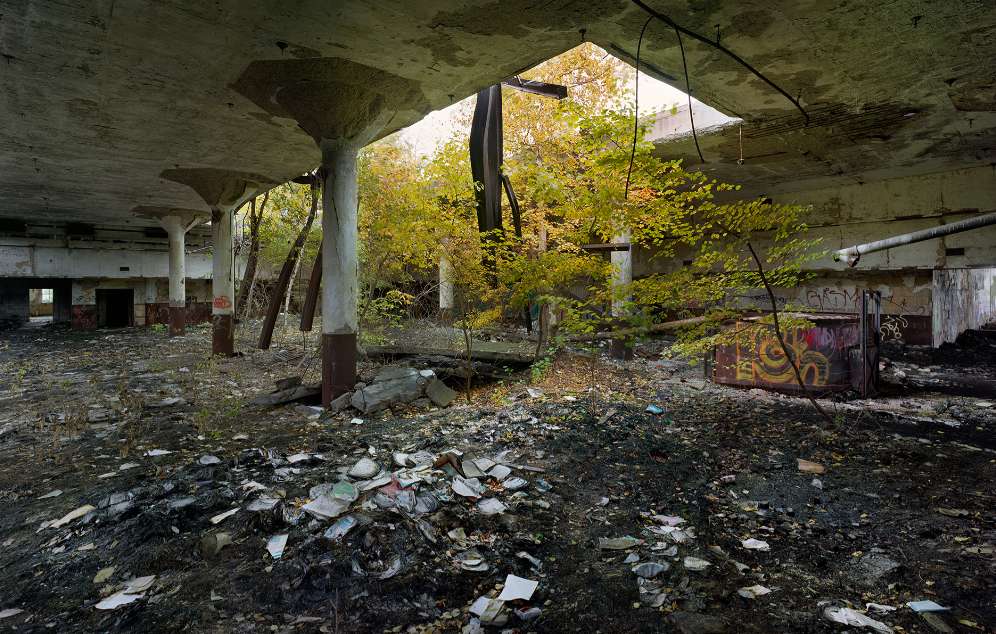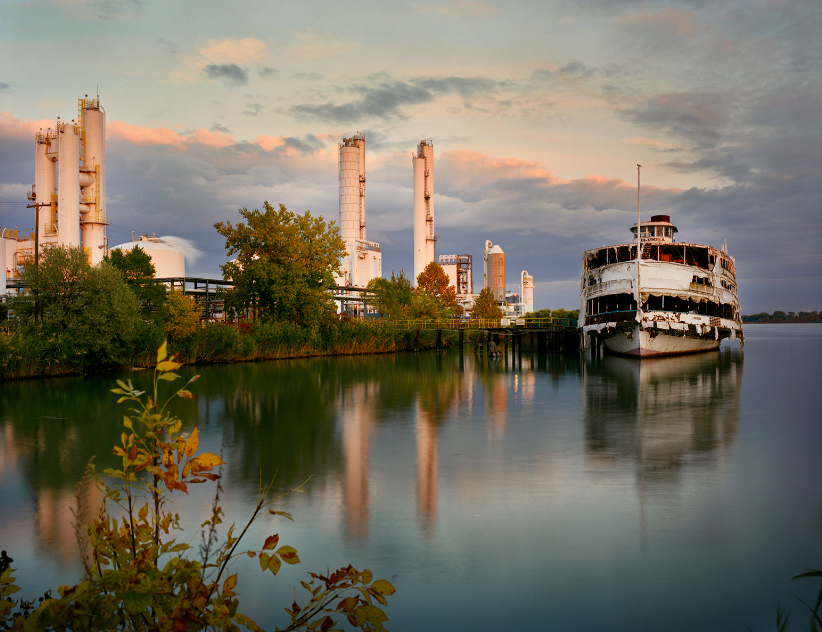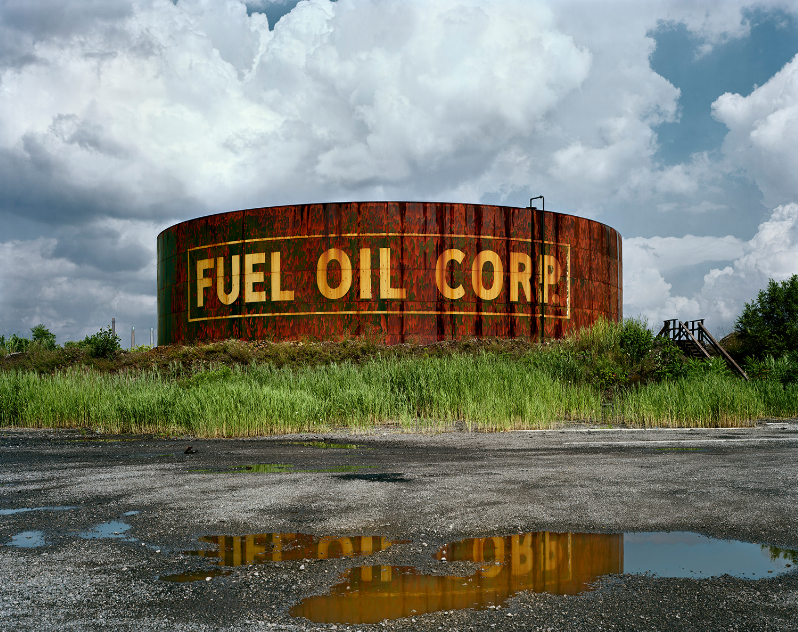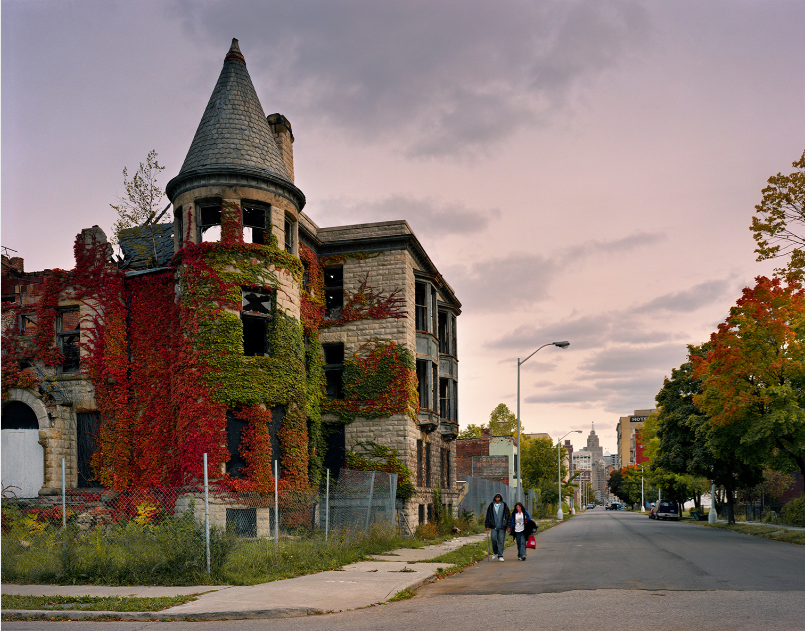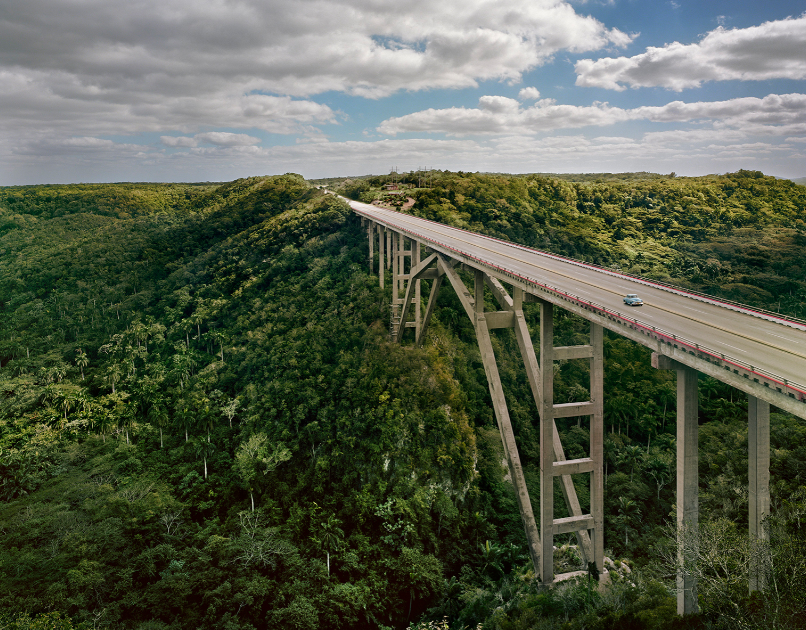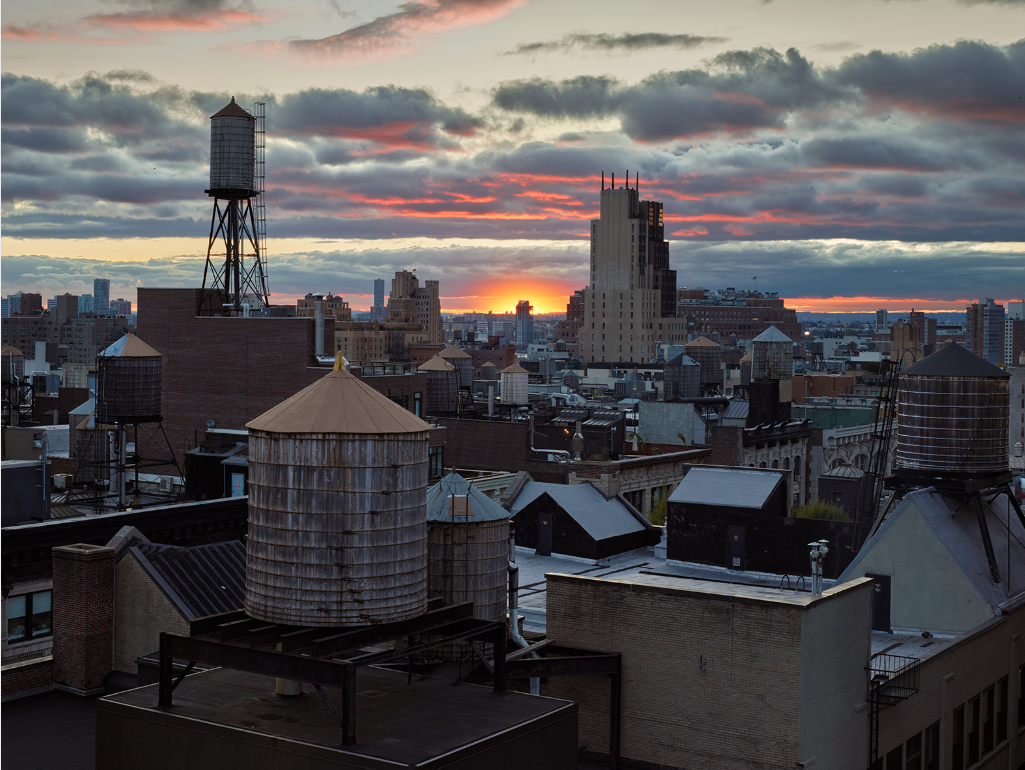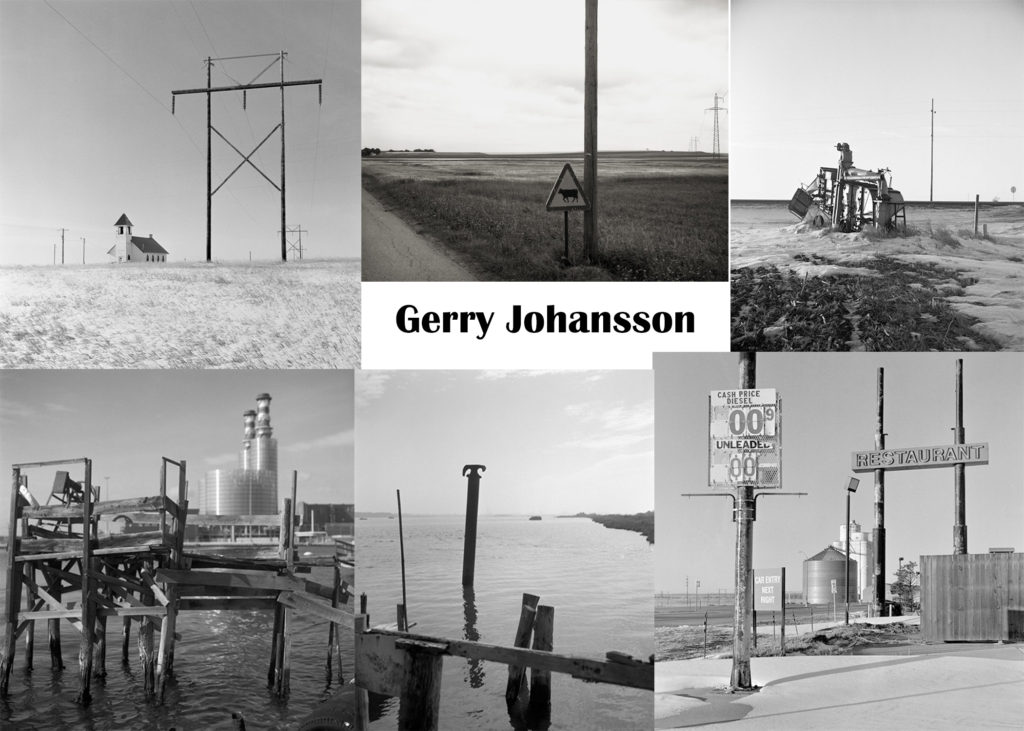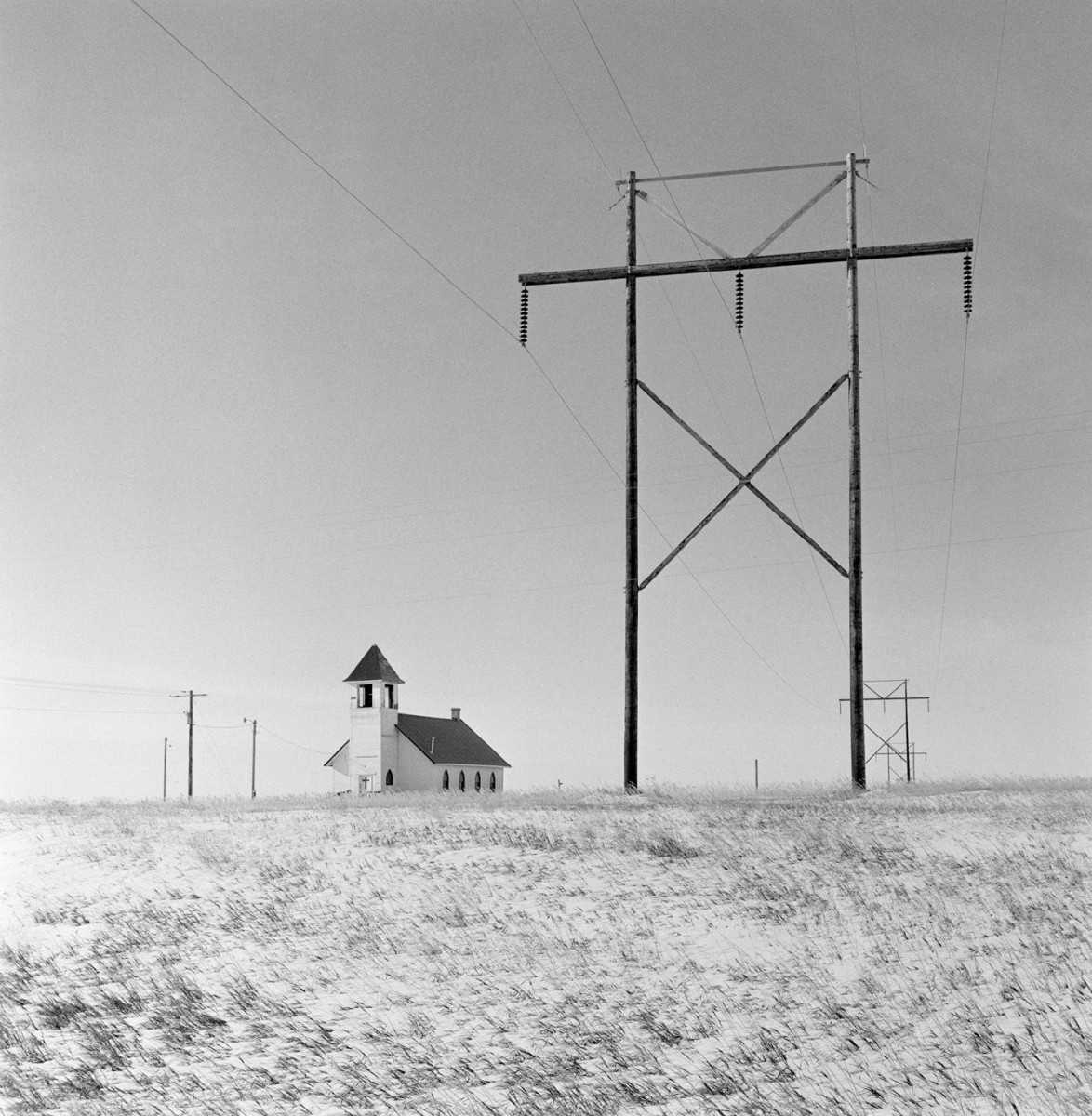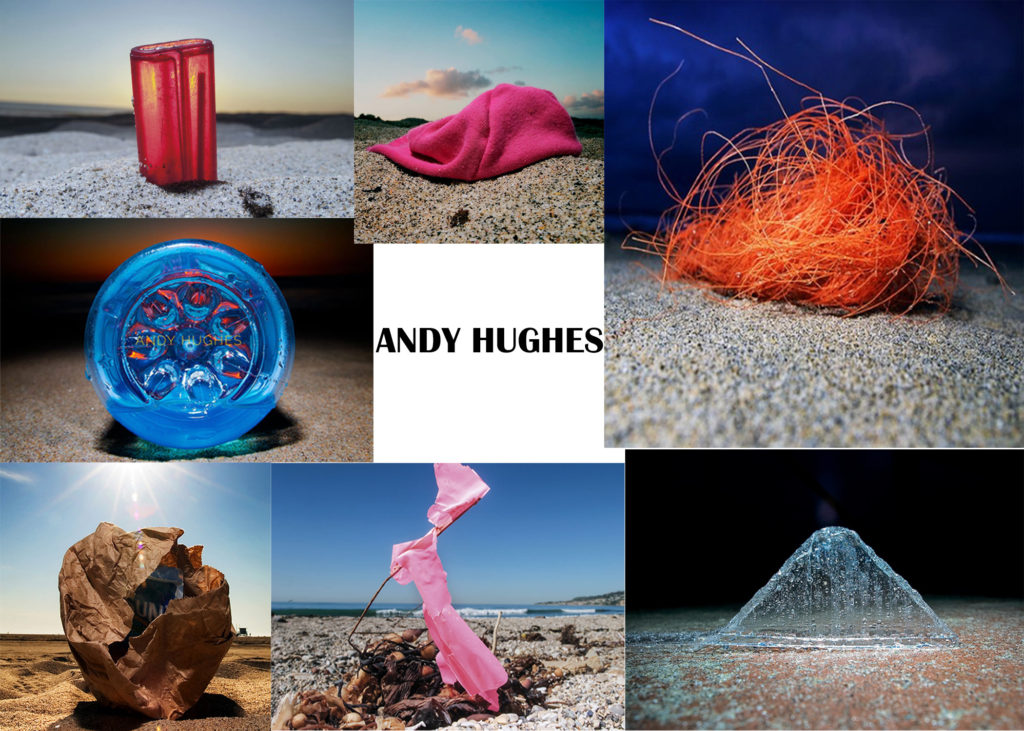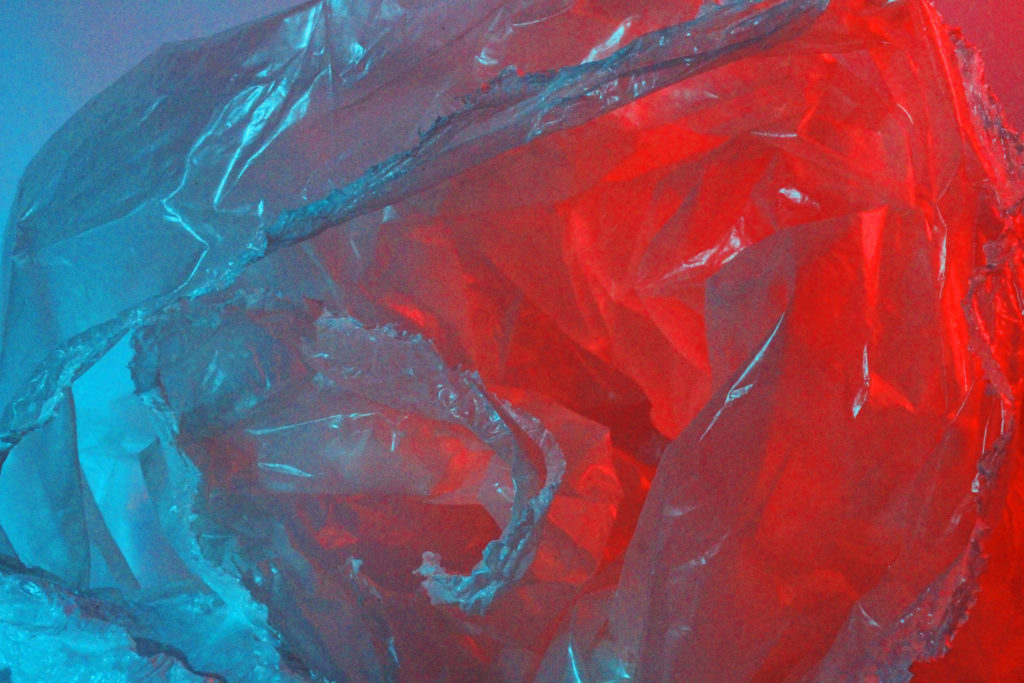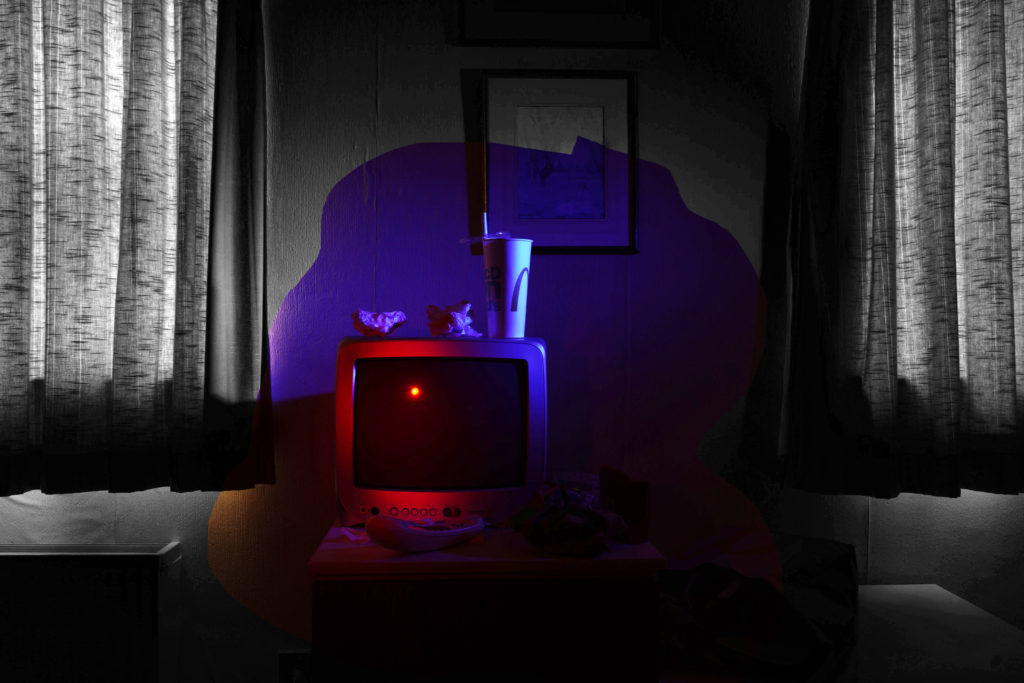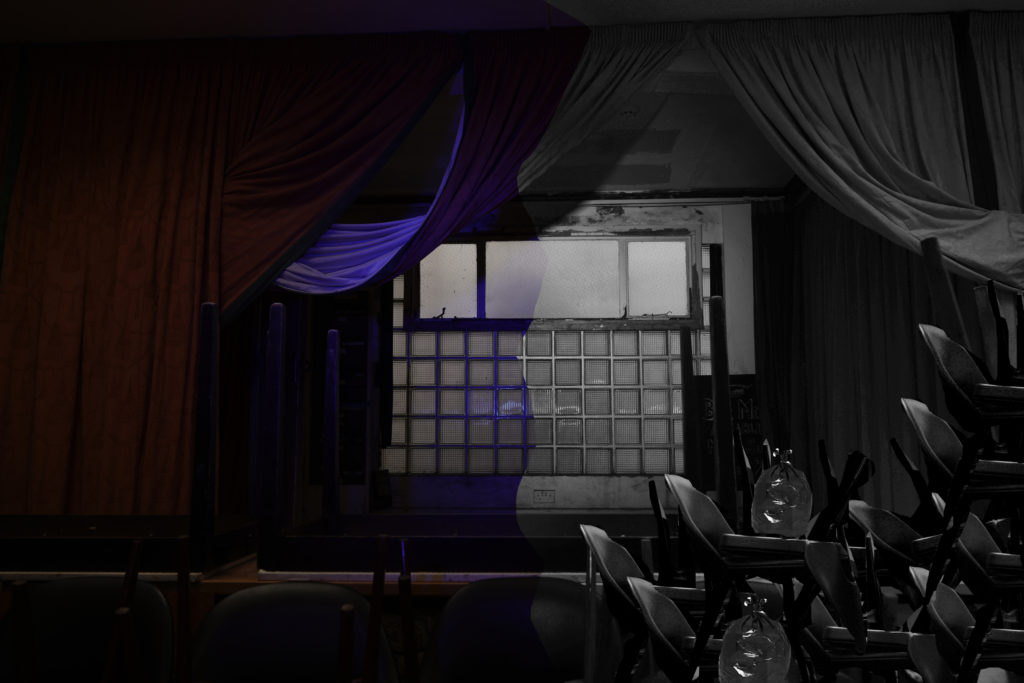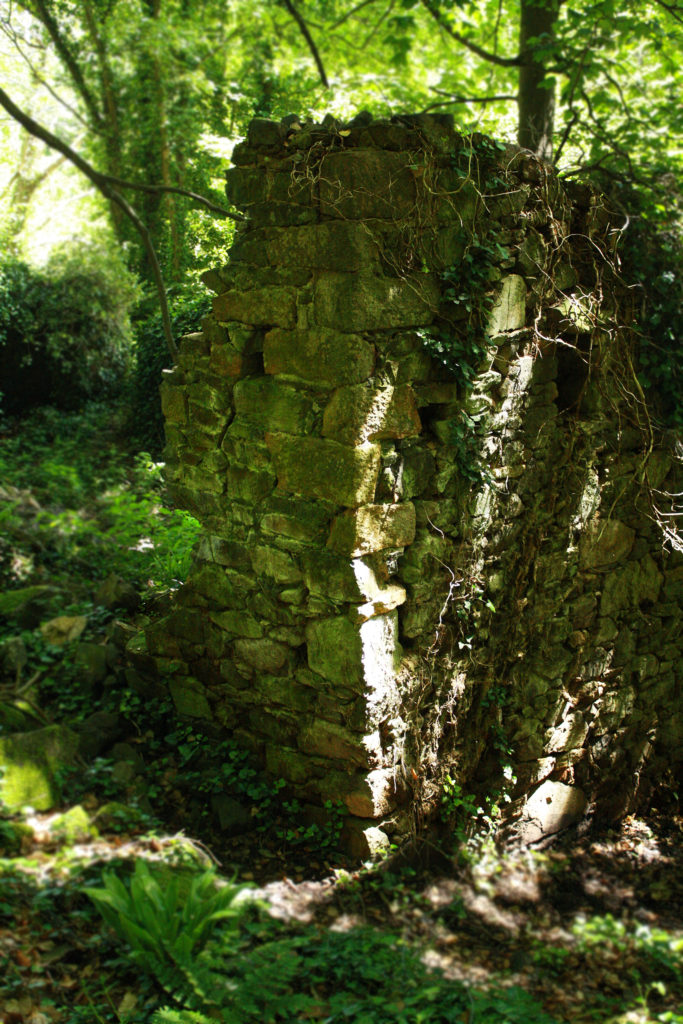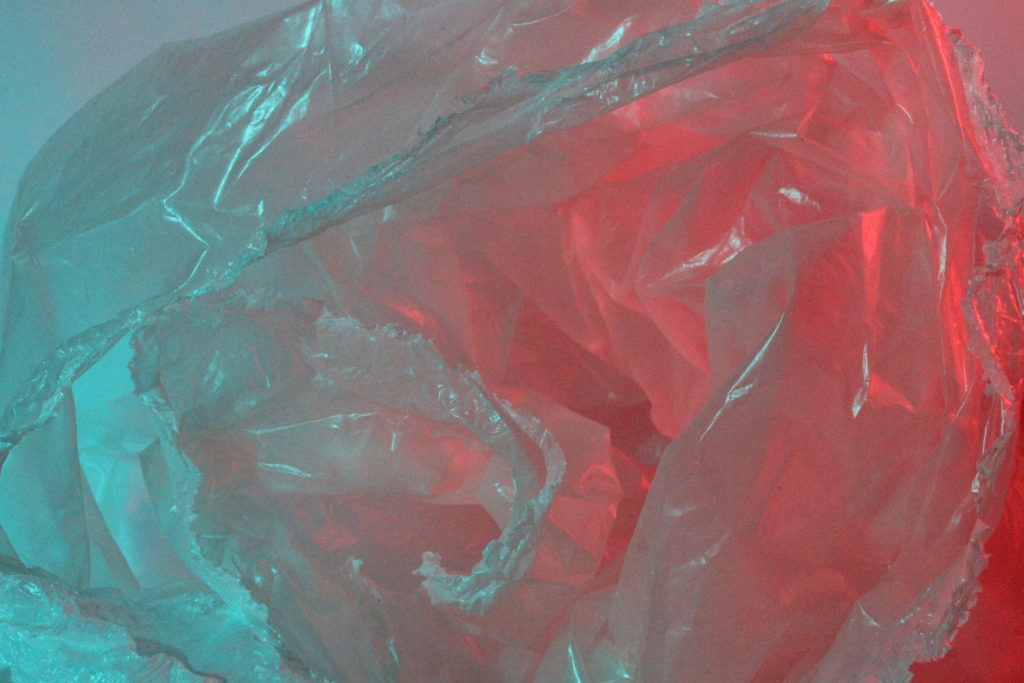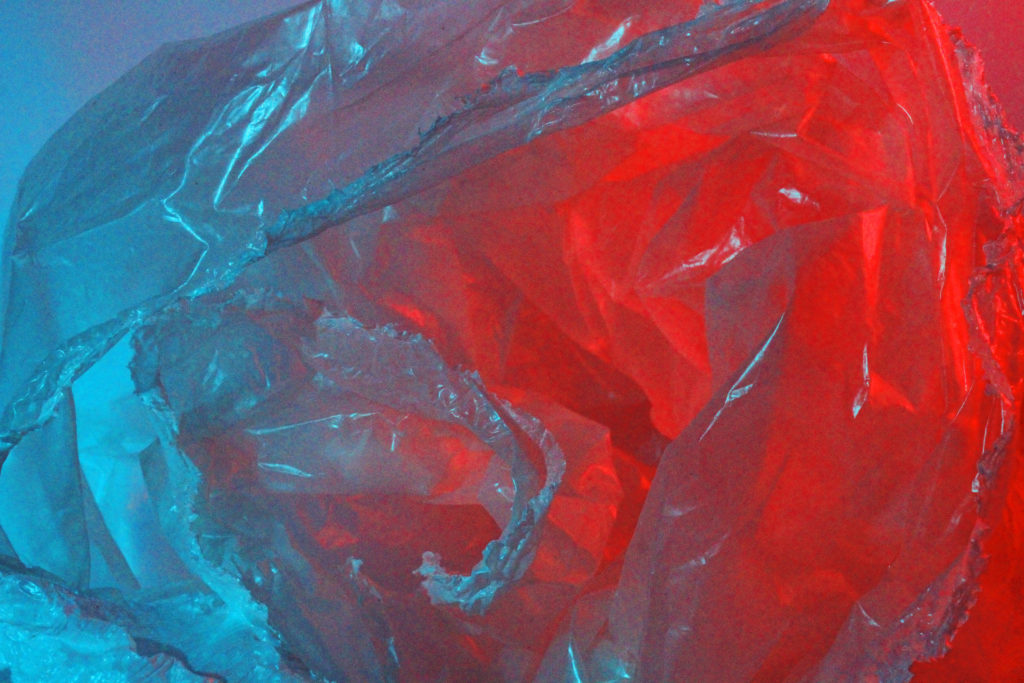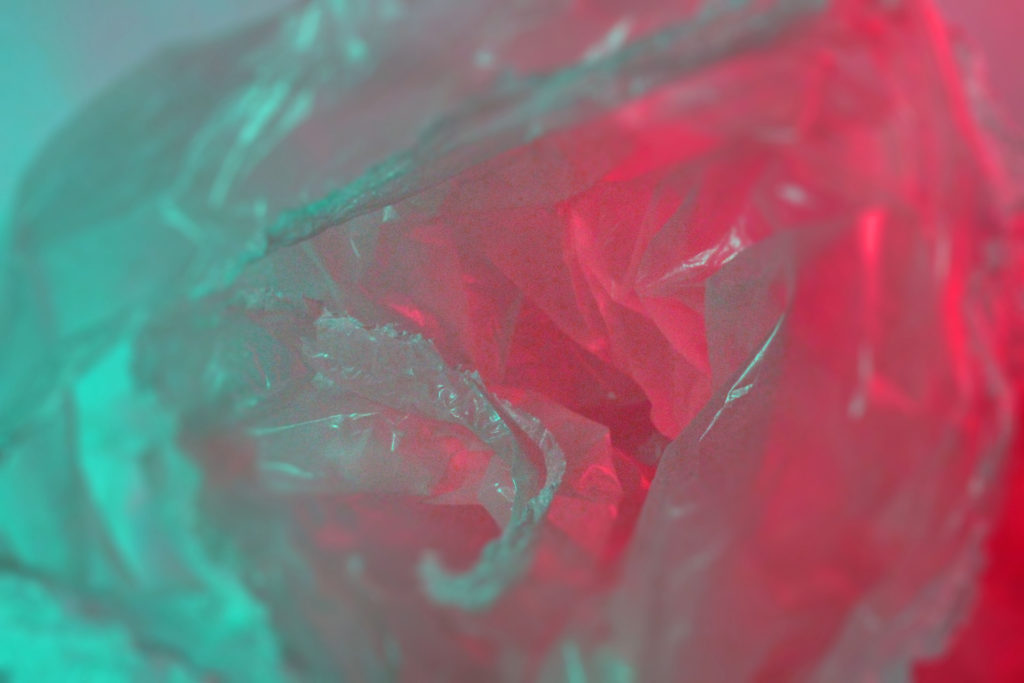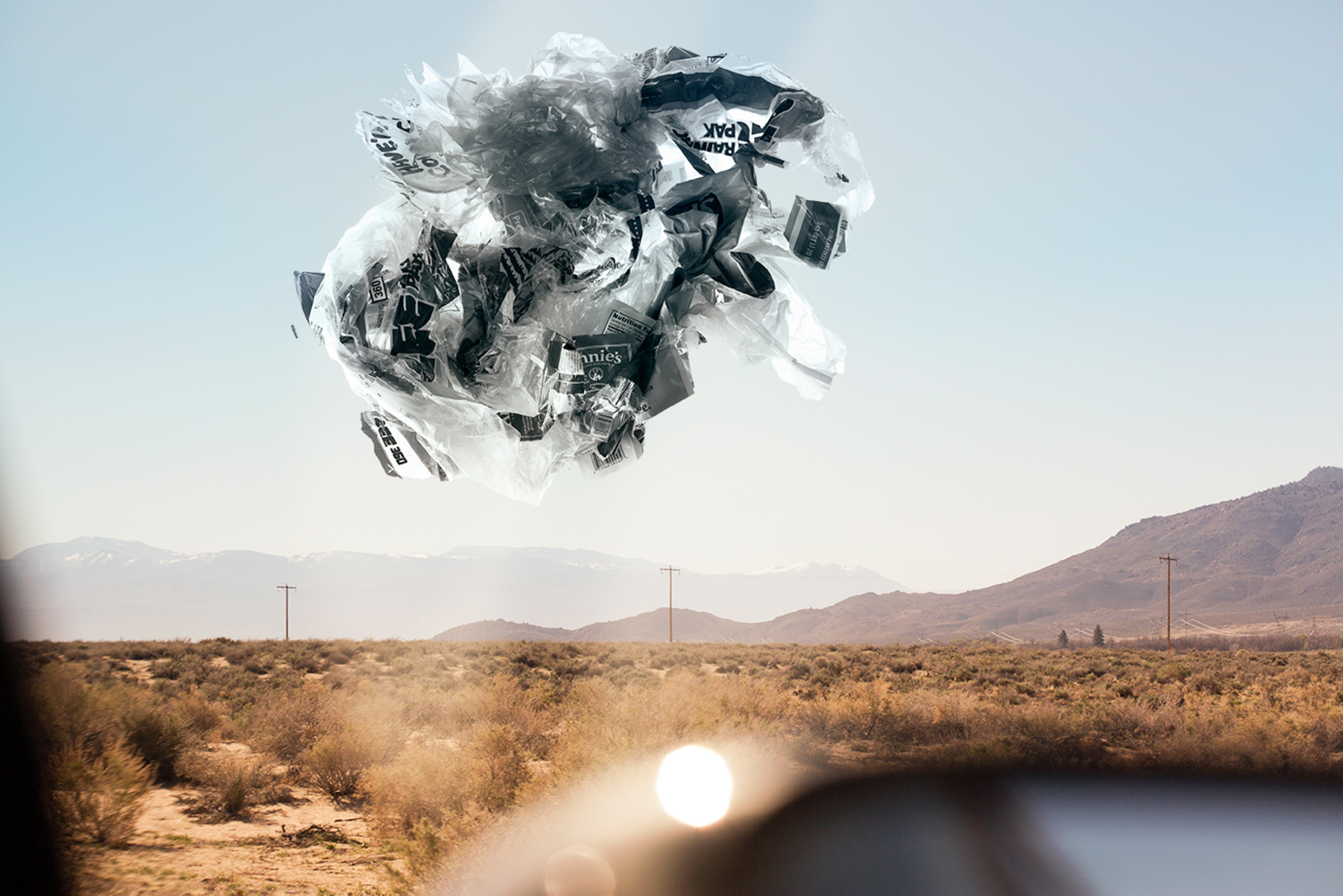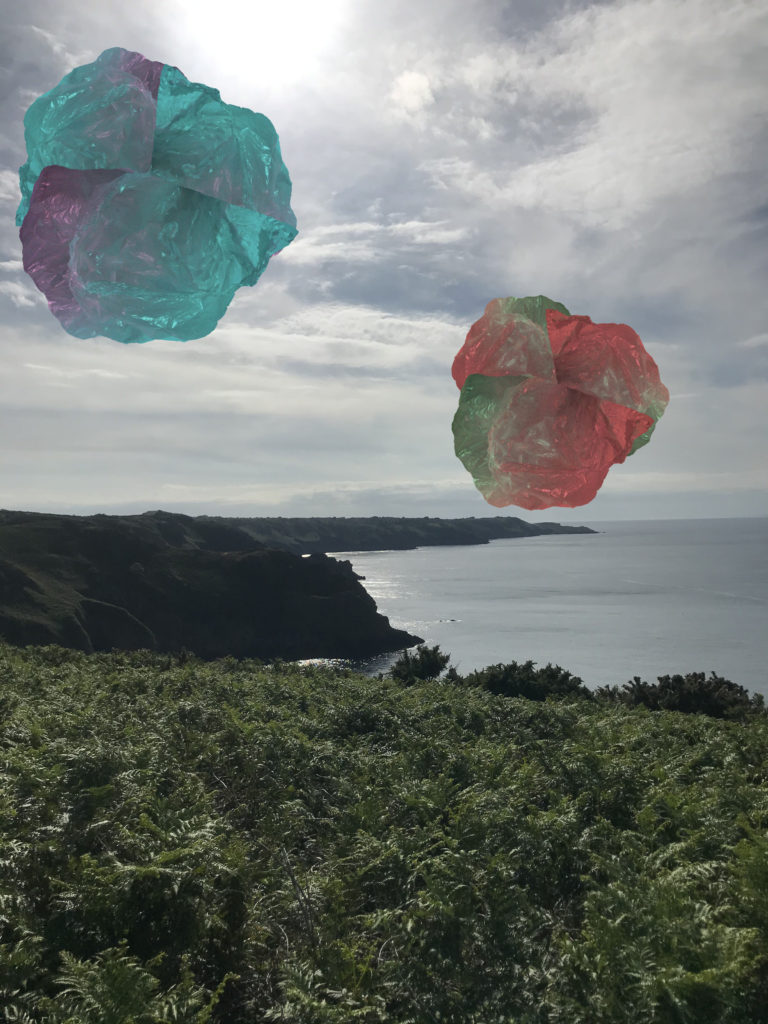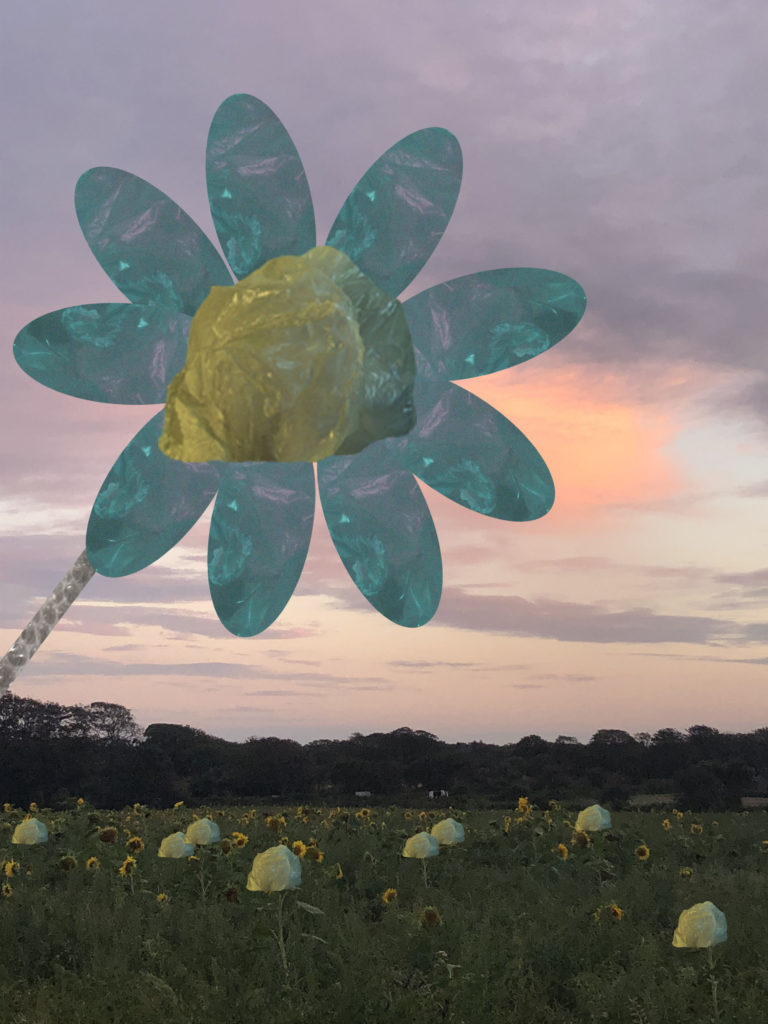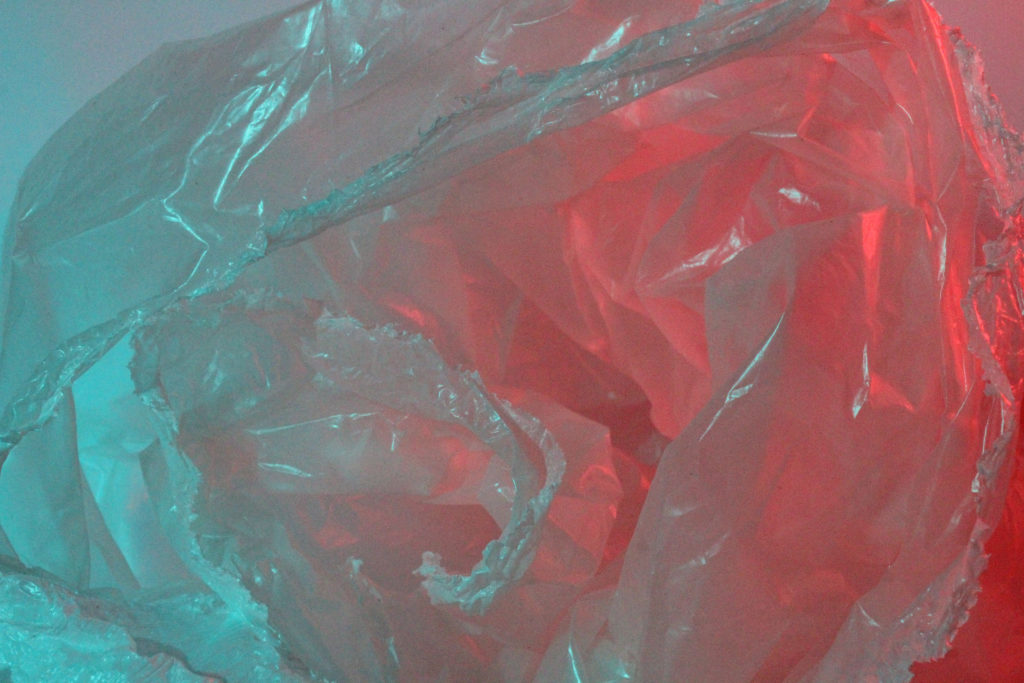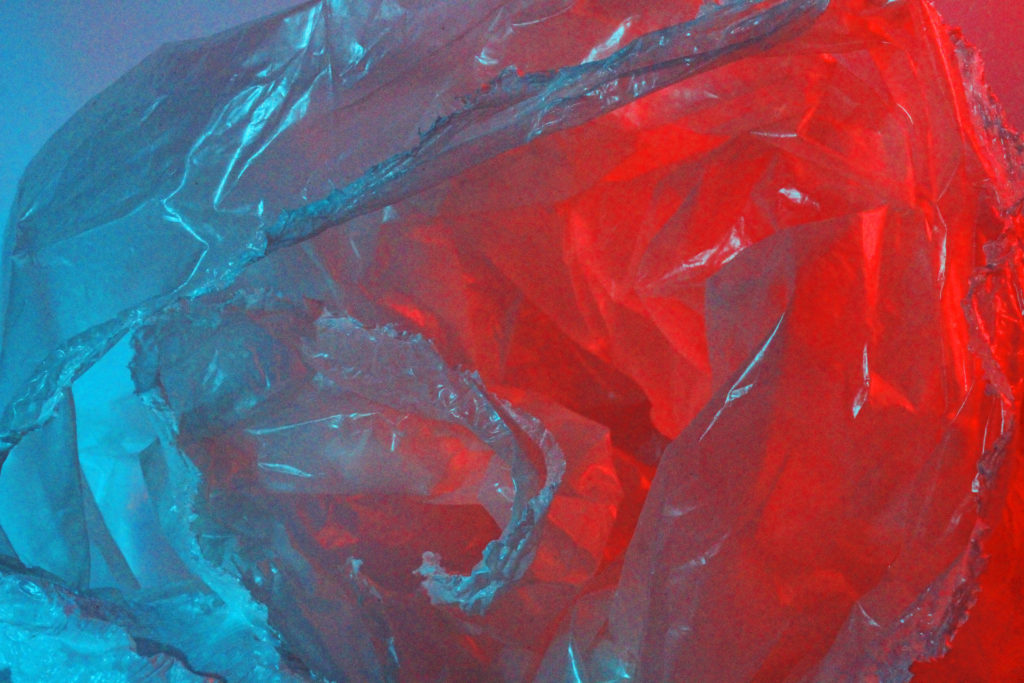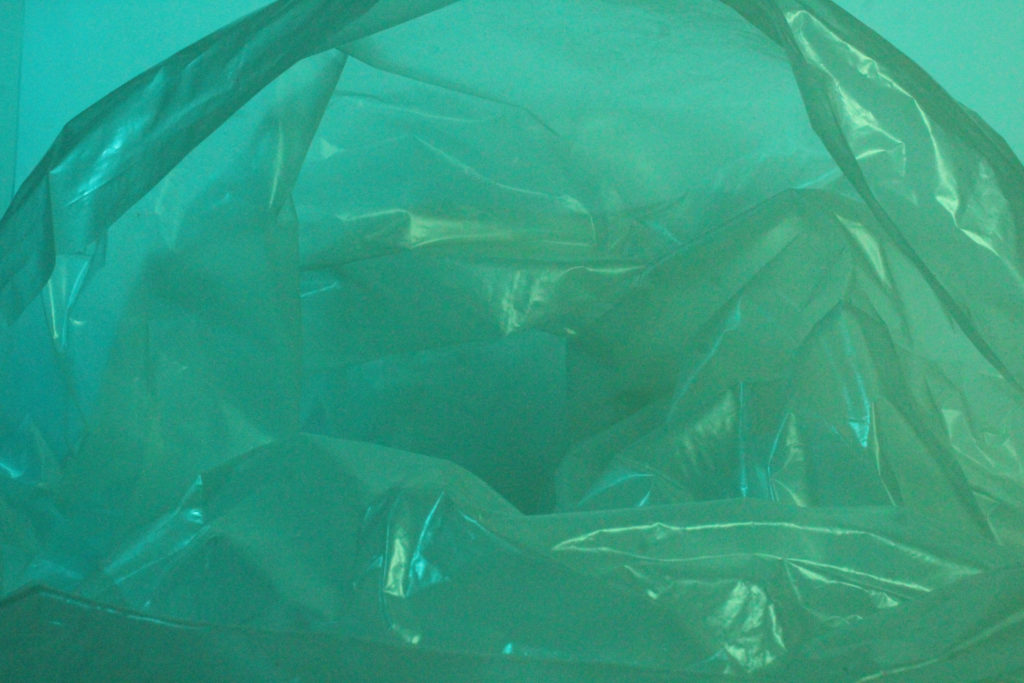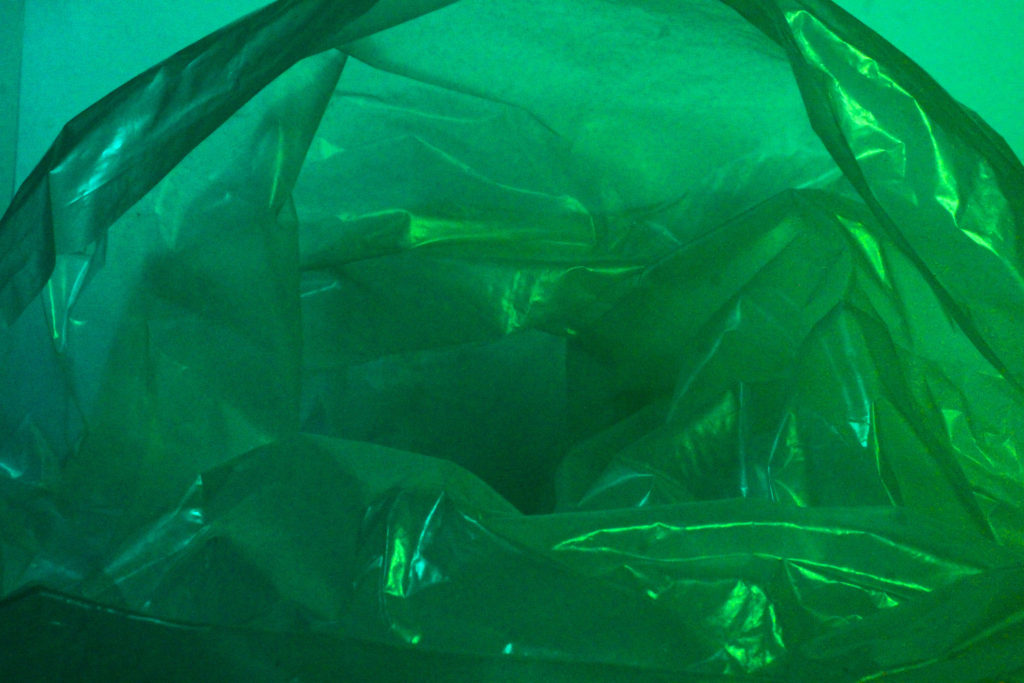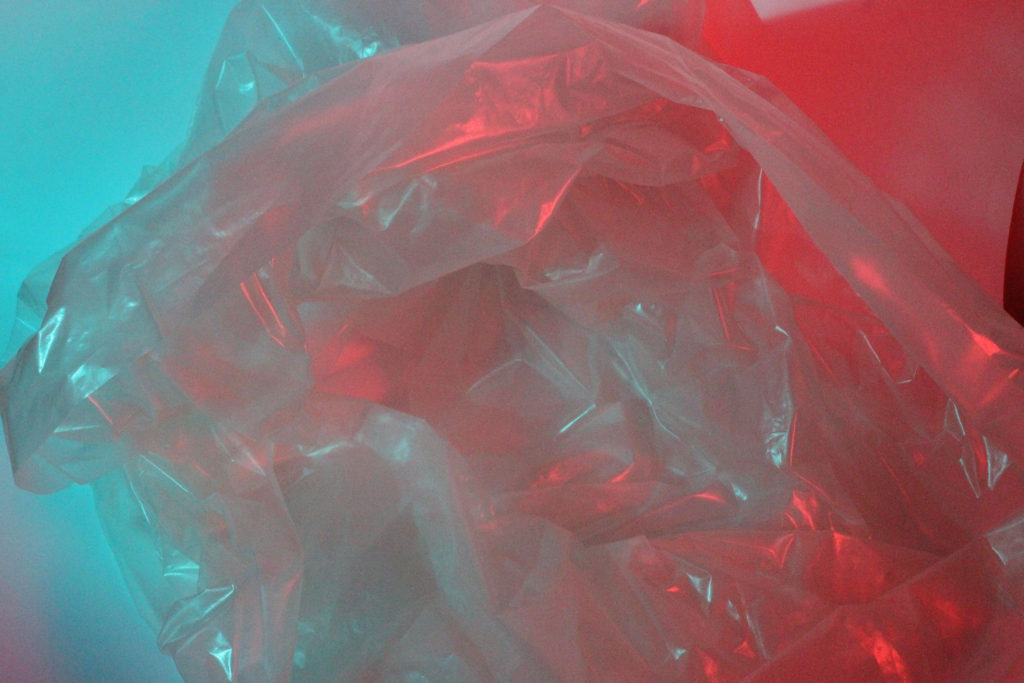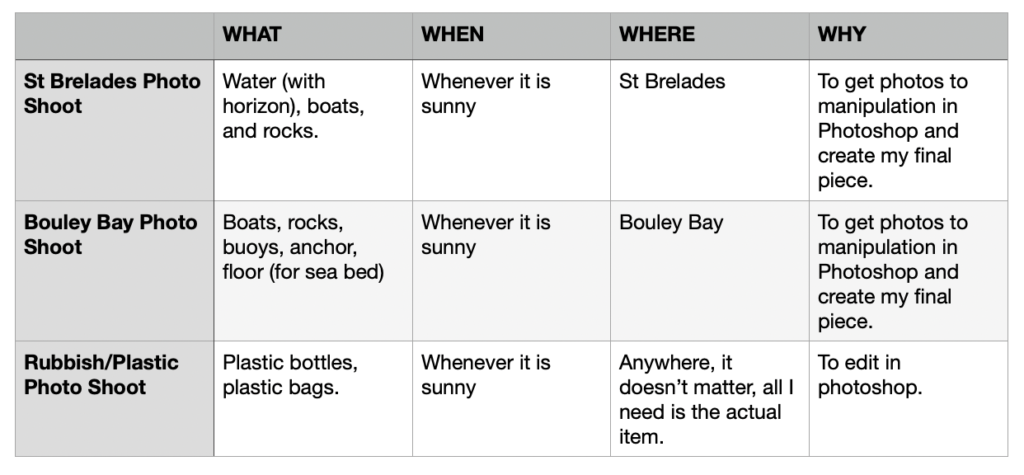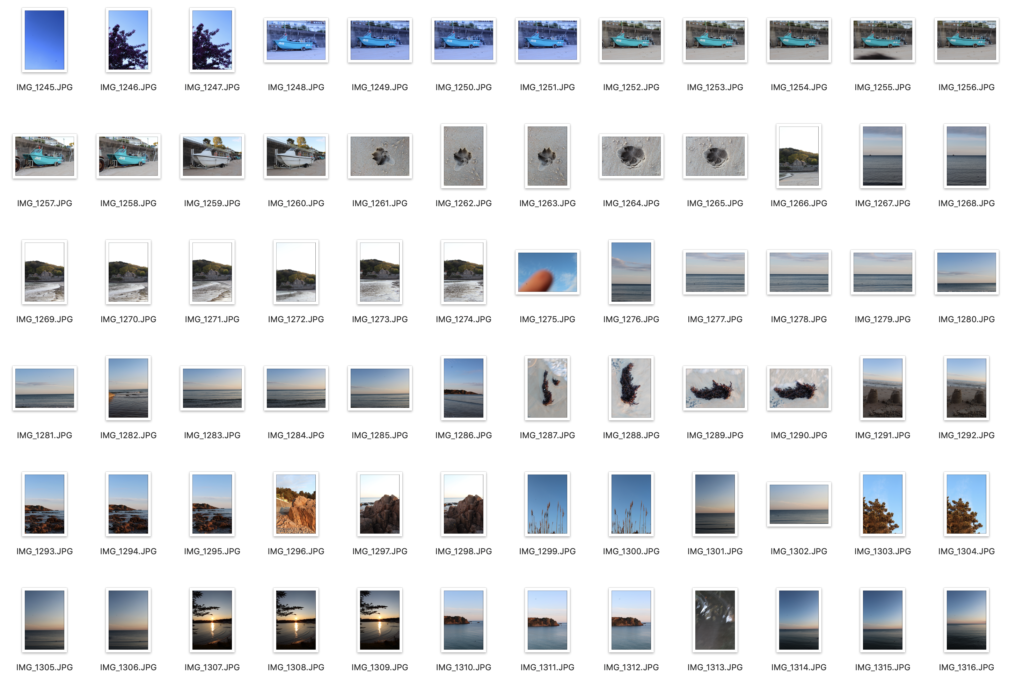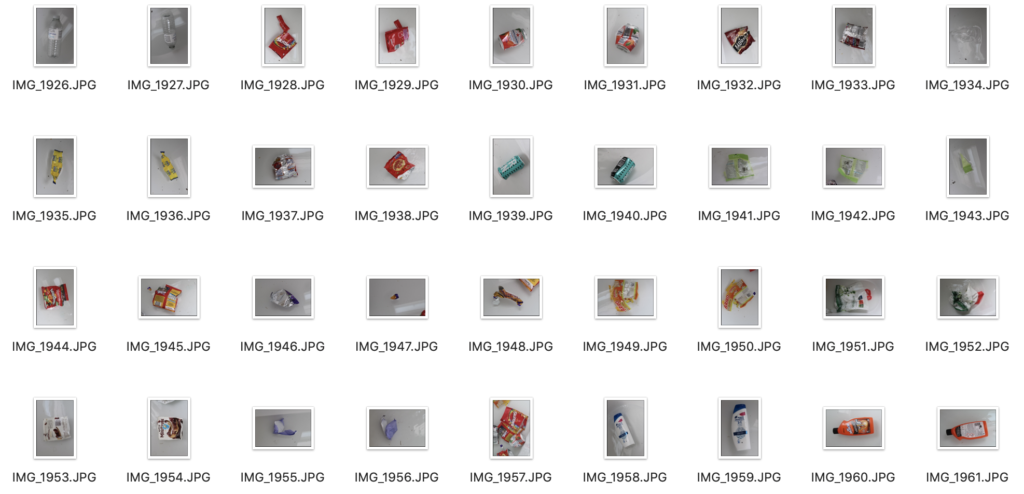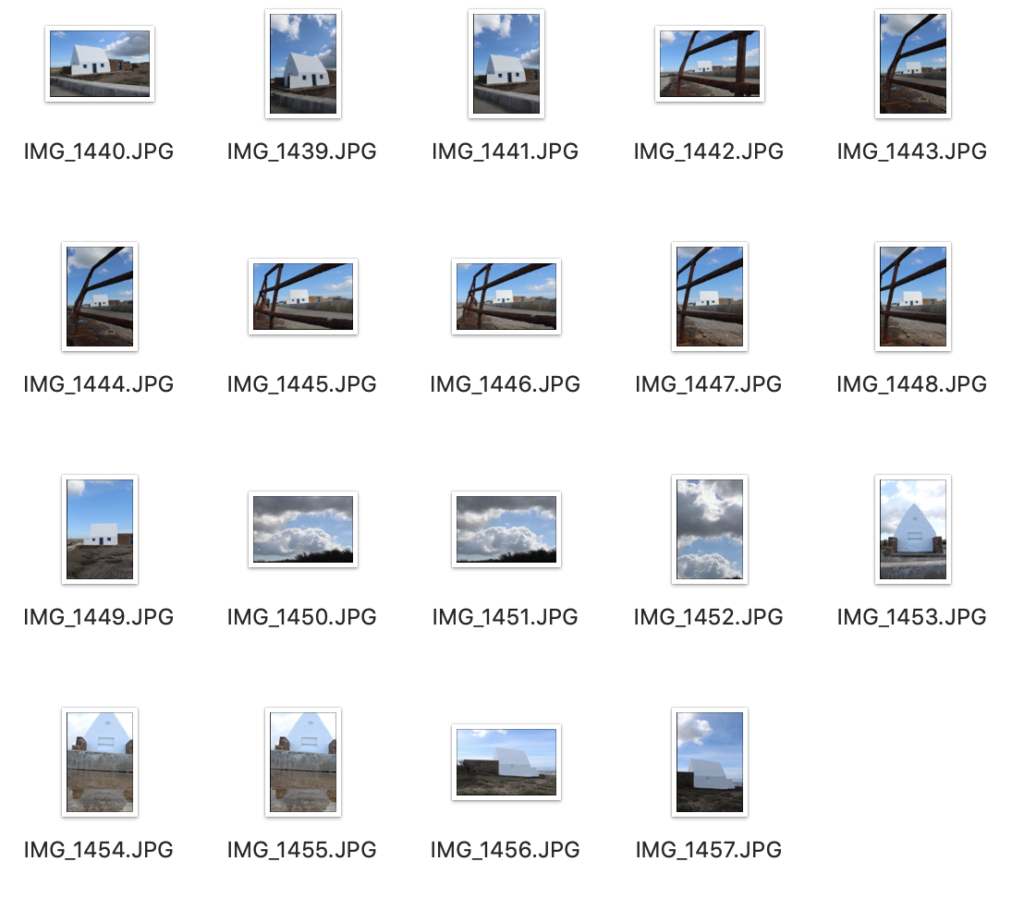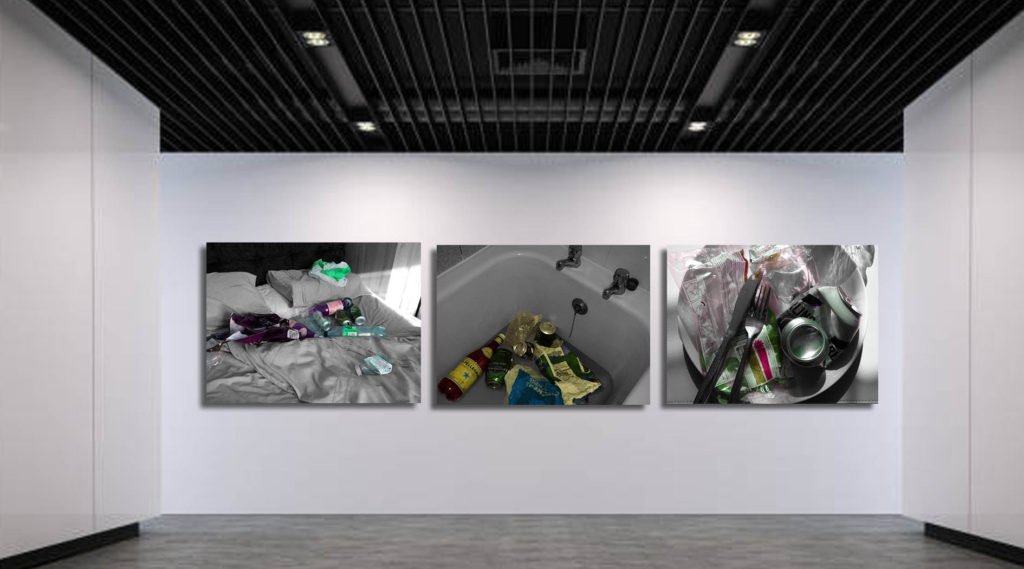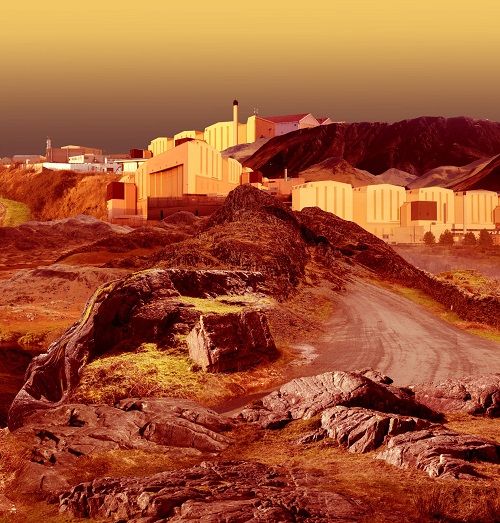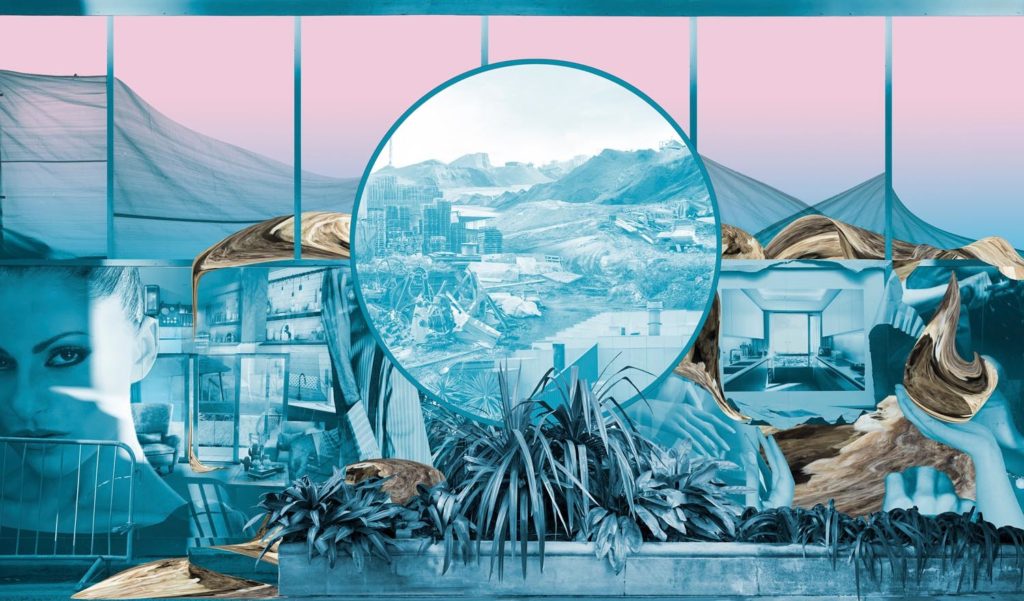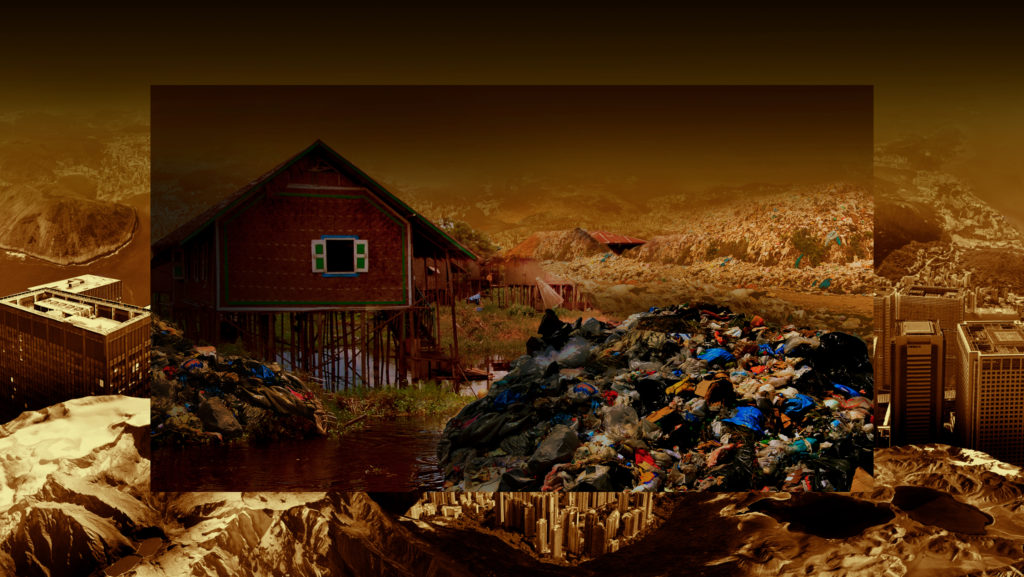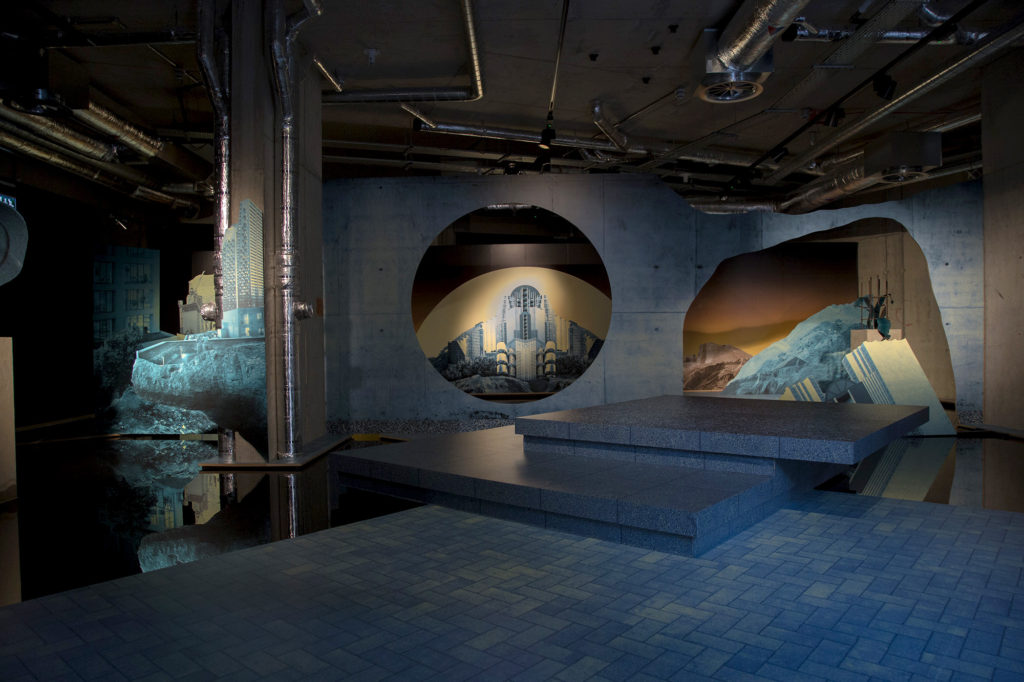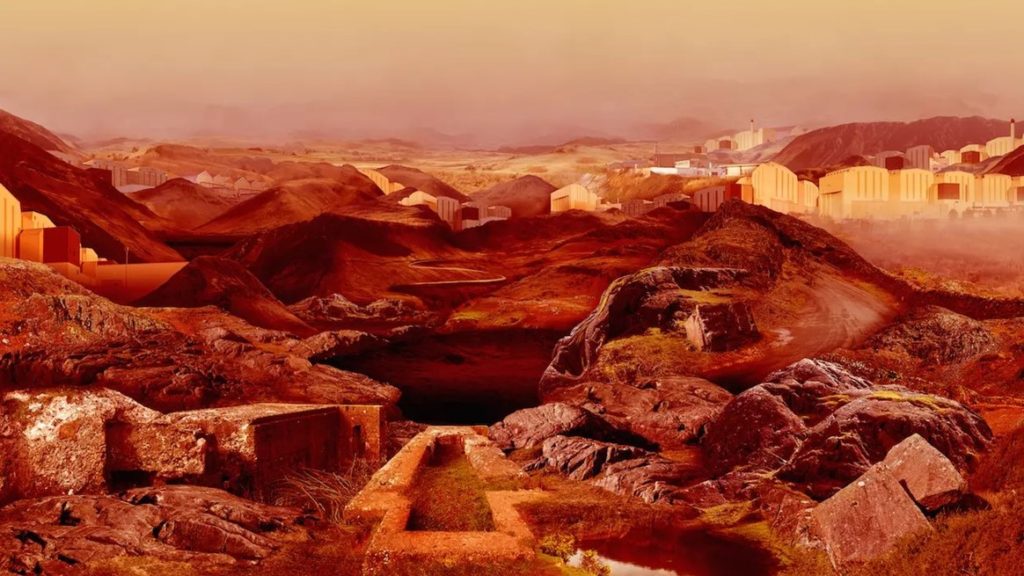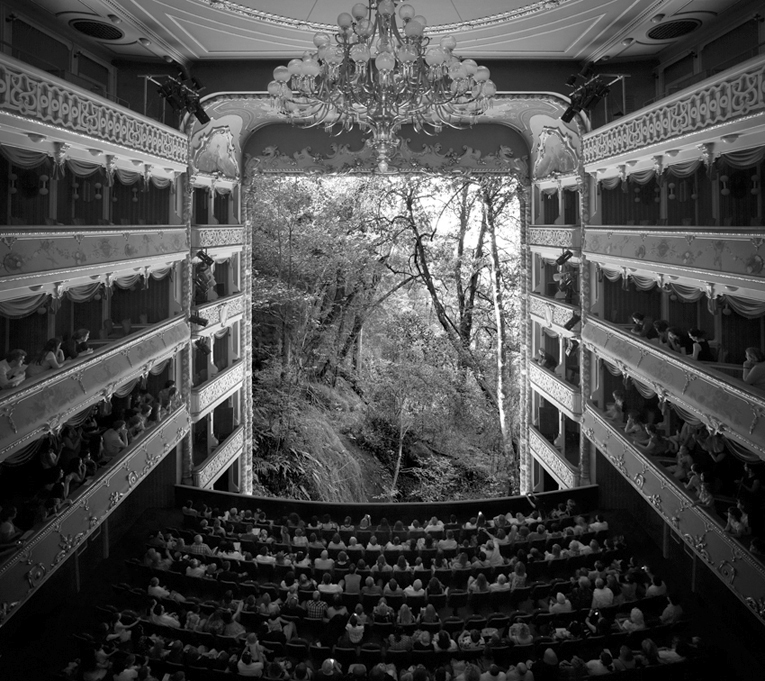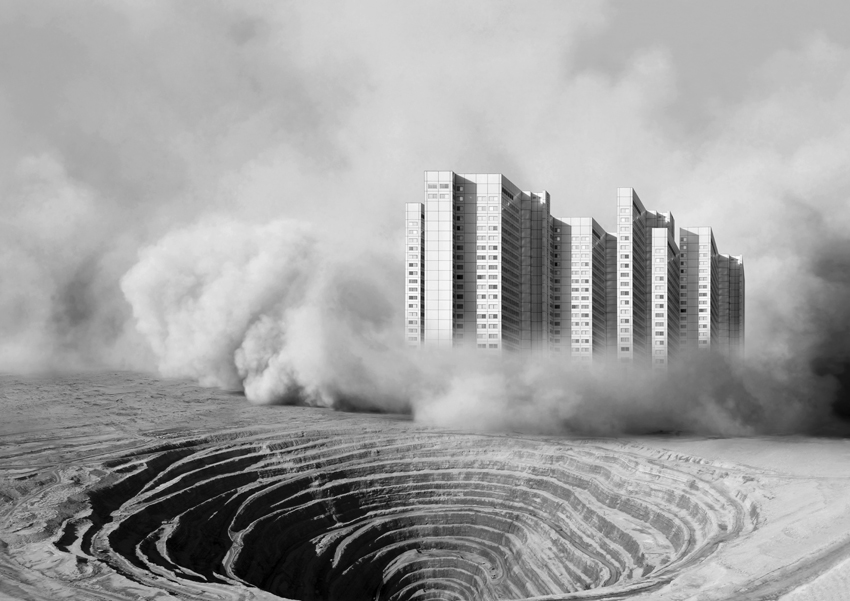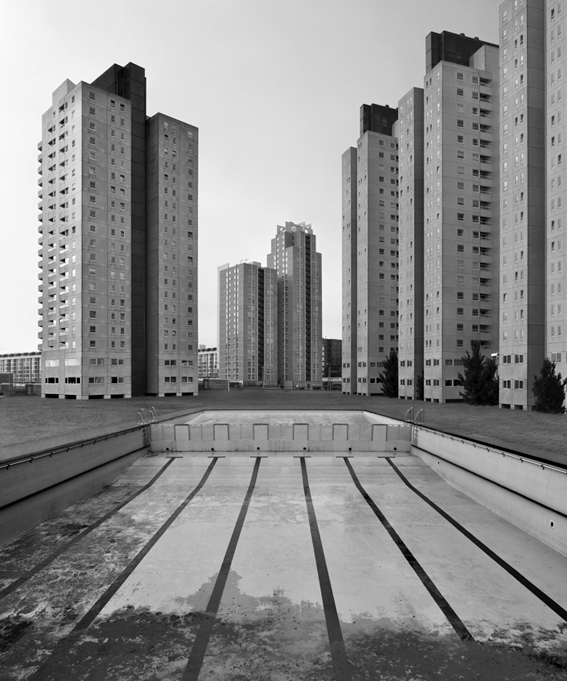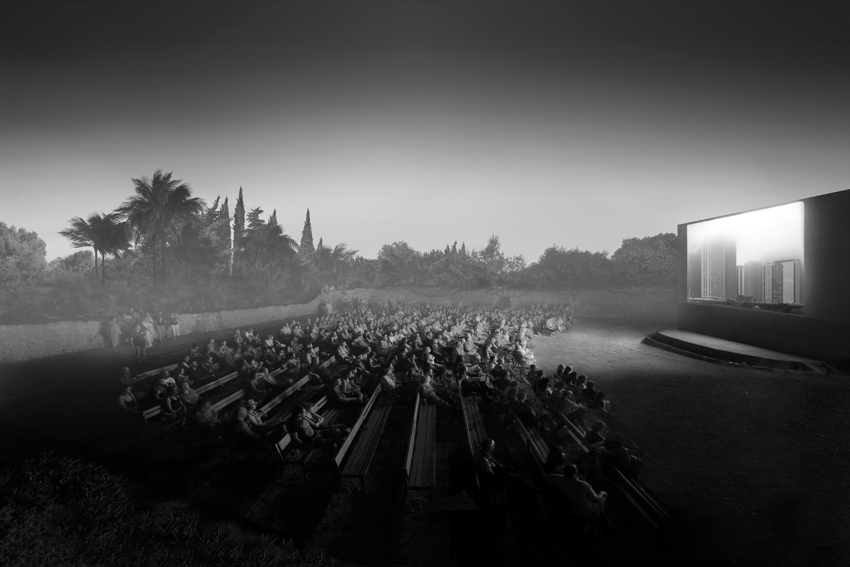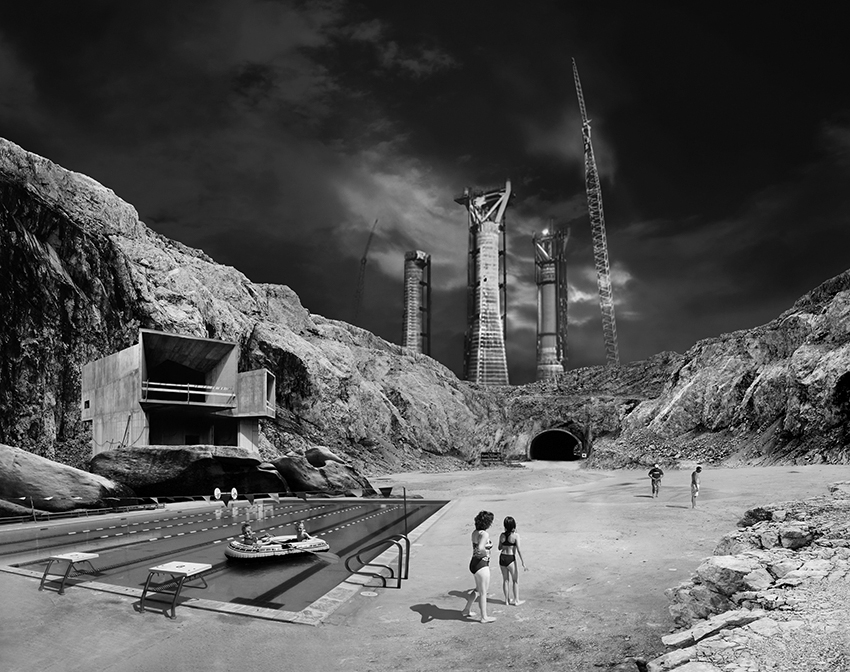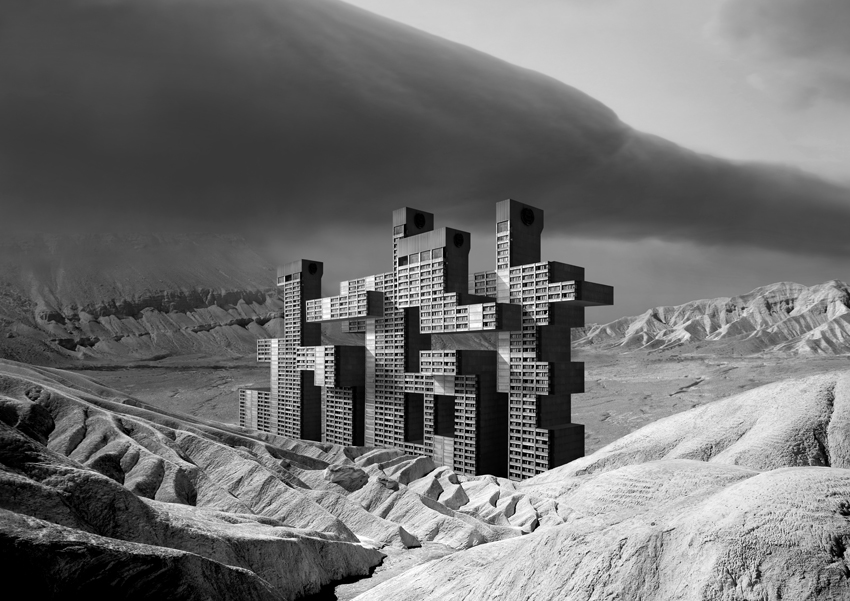Andrew Moore
Andrew Moore is an American photographer, born in 1957, who documents the effect of time on natural and built landscapes. His series includes work made in Cuba, Russia, Bosnia, Times Square, Detroit, The Great Plains, and most recently, the American South. Moore was a lecturer on photography in the Visual Arts Program at Princeton University from 2001 to 2010. Presently he teaches a graduate seminar in the MFA Photography Video and Related Media program at the School of Visual Arts in New York City. He captures his images in a journalistic, documentary type fashion, photographing landscapes where man’s impact on the surroundings is being challenged by the power of nature. I felt drawn to Moore’s work due to his talent in capturing a sort of mid-stage between industrialization and natural landscapes, the observer can clearly see elements of nature in his images- however there is also a sense of impending urbanisation creeping into each image, may it be in the background or the main focus. I wish to take inspiration from this element of Moore’s work and portray the idea of ‘nature fighting back’ in one of my photoshoots.
Edward Burtynsky
Edward Burtynsky is a Canadian contemporary photographer, born in 1955 of Ukrainian heritage in St. Catharines, Ontario. He received his BAA in Photography/ Media Studies from Ryerson University in 1982, and in 1985 founded Toronto Image Works, a darkroom rental facility, custom photo laboratory, digital imaging and new media computer-training centre catering to all levels of Toronto’s art community. Early exposure to the sites and images of the General Motors plant in his hometown helped to formulate the development of his photographic work. His imagery explores the collective impact we as a species are having on the surface of the planet; an inspection of the human systems we’ve imposed onto natural landscapes. Burtynsky’s work really inspired me when researching different Anthropocene photographers as I enjoy the way he captures repetition throughout his images with an interesting camera point of view, I wish to reflect the way he captures our world’s rapid industrialization through landscape photography.
Burtynsky was part of the team with Nicholas de Pencier and Jennifer Baichwal who created ‘The Anthropocene Project’, in an extract from Burtynsky’s essay, “Life in the Anthropocene” he wrote “we hope to bring our audience to an awareness of the normally unseen result of civilization’s cumulative impact upon the planet. This is what propels us to continue making the work. We feel that by describing the problem vividly, by being revelatory and not accusatory, we can help spur a broader conversation about viable solutions. We hope that, through our contribution, today’s generation will be inspired to carry the momentum of this discussion forward, so that succeeding generations may continue to experience the wonder and magic of what life, and living on Earth, has to offer.”
Image Comparison
I chose to compare this image taken by Andrew Moore to one of Edward Burtynsky’s images as I believe they both hold similarities and differences with their use of techniques in the formal elements. Moore’s image was captured at Via Blanca, Cuba in 2012 and Burtynsky’s was released in ‘The Anthropocene Project’ in 2018. The first clear similarity is that both photographers have captured leading lines produced by roads that draw the observer’s attention through the images, creating a sense of movement and energy. Moore’s leading line is straight and thick, guiding the observer’s eye into the distance and background of the photograph- Burtynsky’s image also leads them to the background, however his captured line is thin and curves around the top right of the photo. The comparison between these two uses of leading lines symbolizes how the industrialization of our planet will continue on into the future, becoming more and more accepted and normal- just as Burtynsky’s line bends and blends more into it’s surroundings than Moore’s earlier captured photograph. Furthermore, there is a similar grainy rough texture in both images, created by the busy amount of subject captured; the trees in Moore’s image create a spiky feeling however they also have a sense of serenity that produces a more calm atmosphere, which is juxtaposed greatly with the out-of-place motorway that cuts through them.
In addition, there are also several differences between each image, for example their composition and camera point of view. Moore has captured his landscape from a lower perspective, and while it is not at eye-level, it still creates a more grounded impression by bringing the observer closer to the subject. In comparison, Burtynsky’s photograph is captured with a birds-eye point of view, symbolizing the biblical connotations of man looking down on all he has created as if he were a God. Moreover, the actual location of each landscape image is a significant difference between the photographs, with Moore’s showing the woodlands and forests in Cuba being industrialized and Burtynsky’s demonstrating the mass industrialization of cities and towns. Burtynsky’s image holds zero negative space, it’s cramped composition creates an uneasy and overwhelming atmosphere as the repetition of buildings and structures surrounding the winding road connotes the idea of a dystopian, homogeneous society where everything and everyone is the same. The trees and nature which are reflected over and over again in Moore’s image suggests that the beauty in our natural environment is still trying to push against human impact and urbanization, connoting the idea that there may still be hope. Lastly, Moore’s image holds more vibrant and saturated colours than those seen in Burtynsky’s photograph, the blue sky in the background of the image gives the impression that if humans are still destroying the planet by using fossil fuels and increasing CO2 emissions, mass industrialization will continue on into the future, however if we do something about the destruction of our world now there is hope moving forward that the environment can be saved.


